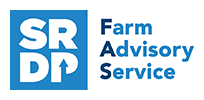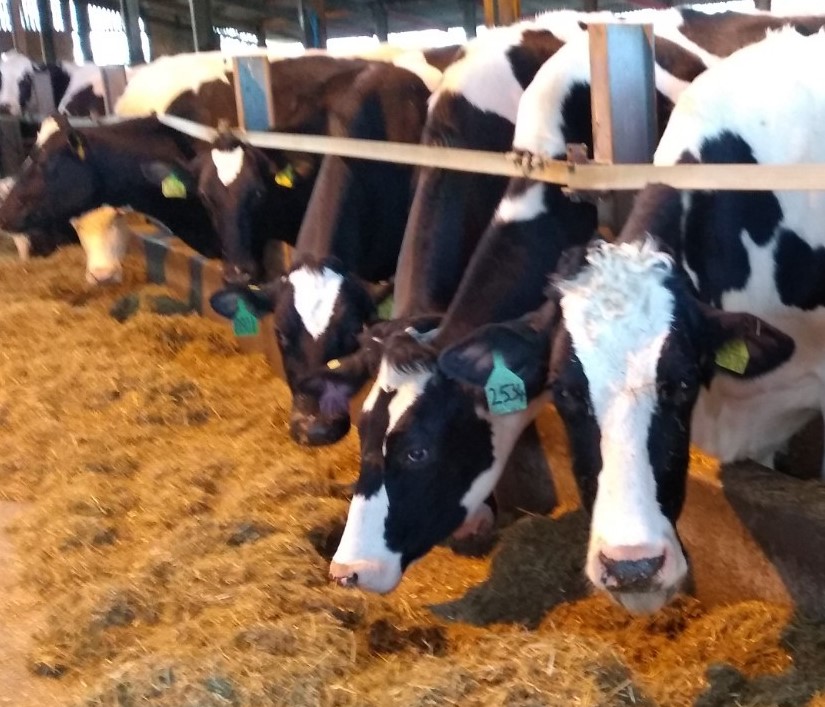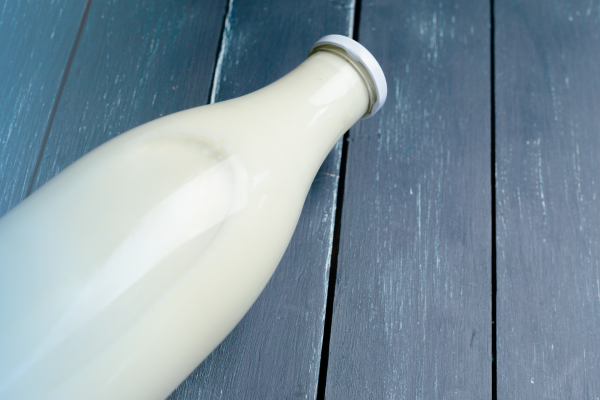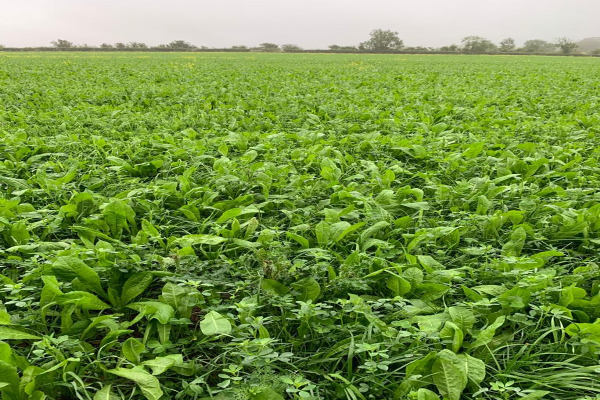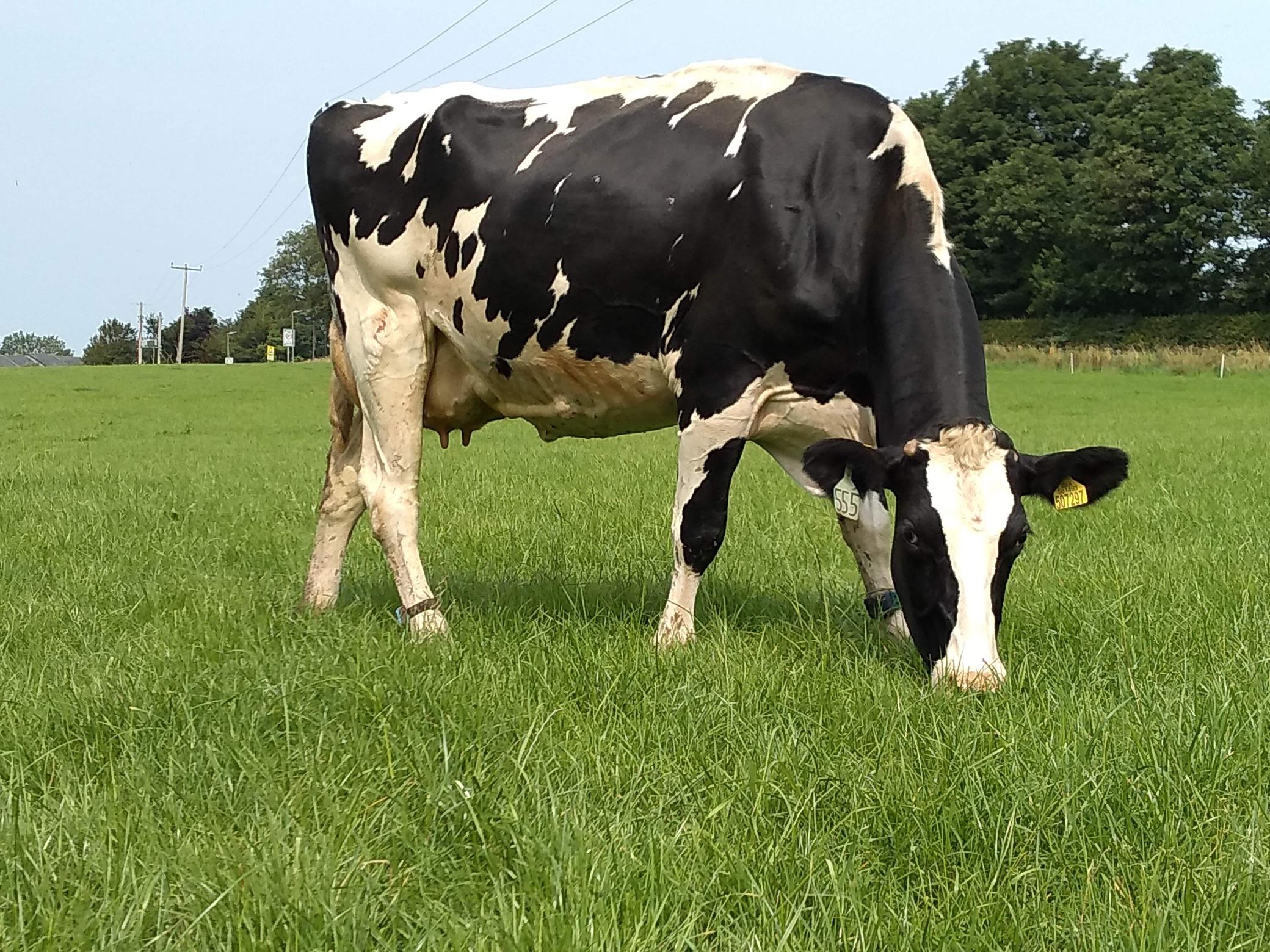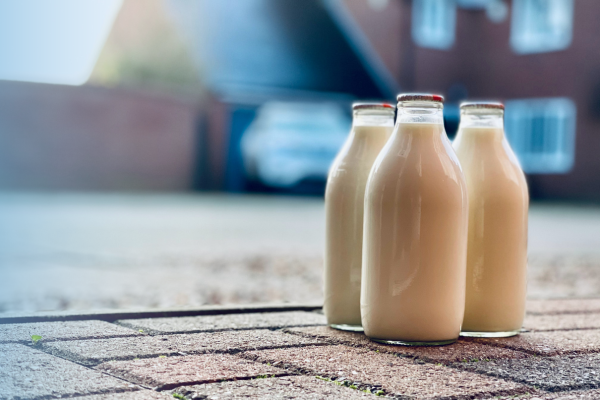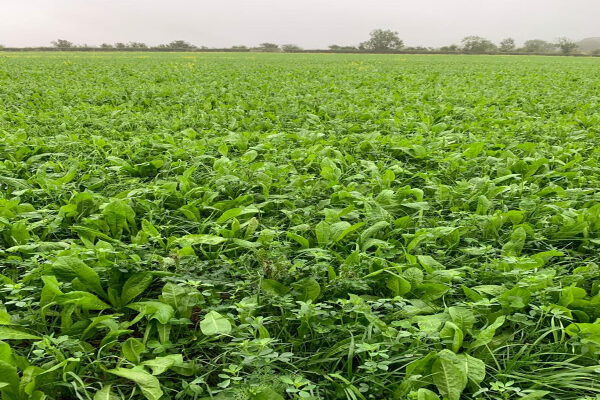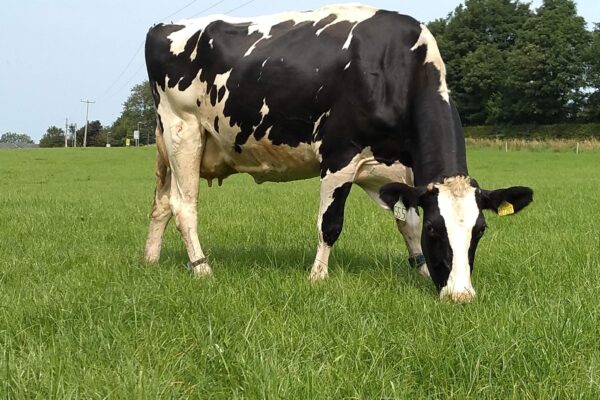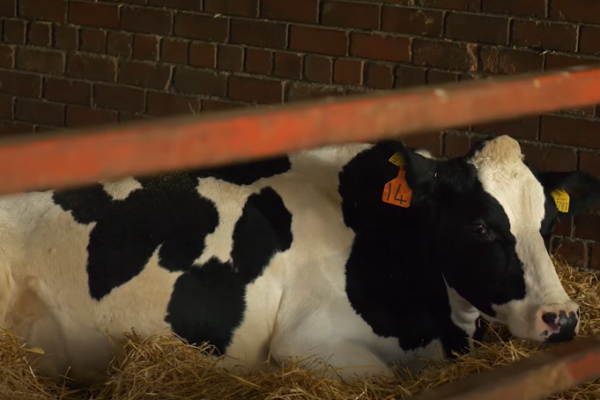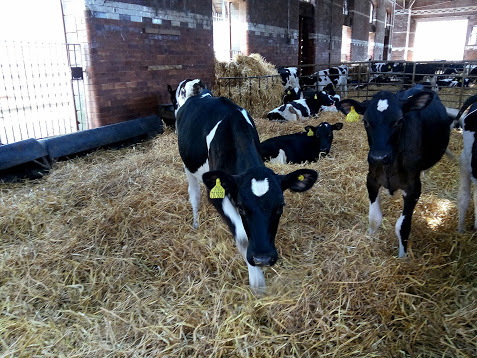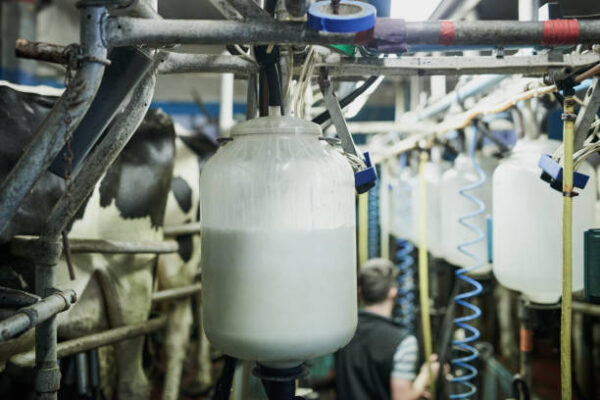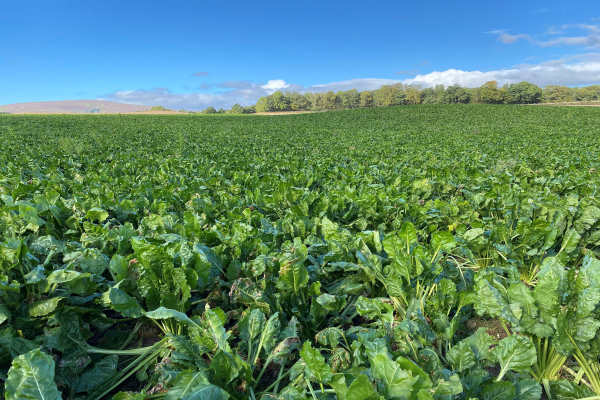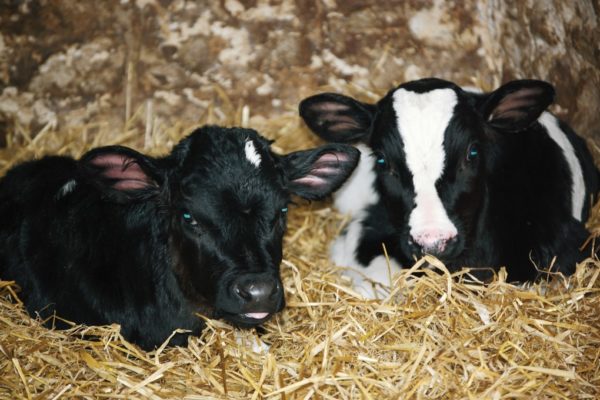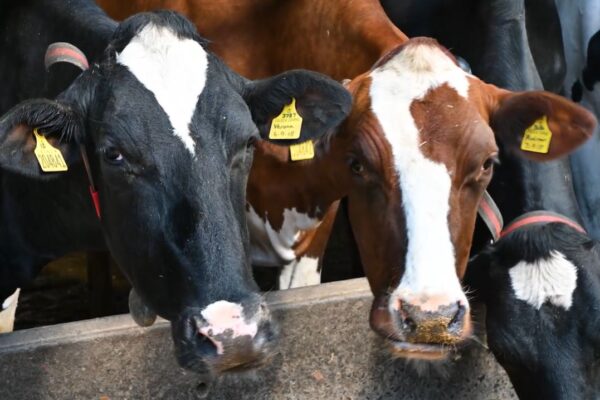MMN January 2025 – The Importance of Sugar in a Dairy Ration
10 January 2025The sugar content of dairy diets is often not given much consideration, with more focus usually given to energy, protein and starch levels. While the sugar content of the ration can vary greatly depending on the sugar content of the forage, it can have a big impact on rumen function and therefore milking performance.
The target is for the ration to be around 6% sugar on a dry matter (DM) basis. The sugar content of grass silage can be extremely variable, depending on the variety of grasses in the sward and the dry matter of the silage. Wetter silages tend to have a lower sugar content, due to losses in effluent and more sugar being used up during the fermentation process to produce lactic acid. Data from SAC Consulting on analysis of grass silages this year showed that the sugar content ranged from 0.2% to 13.0%, with an average of just 3.0%, well below the dietary target of 6%.
However, the sugar content is critical for good rumen function, acting as a feed source for the rumen bugs to support their growth. Sugar is particularly beneficial for fibre-digesting bacteria, helping increase the rate of fibre digestion, enabling a higher dry matter intake. It also provides an energy source for the rumen bugs to make microbial protein.
With many instances of lower silage quality made last year, with a higher NDF (fibre) content, rations could benefit from a sugar source as these forages are harder for the rumen bugs to digest. The addition of sugars can therefore help improve fibre digestion and enhance passage rates through the digestive tract, leading to higher dry matter intakes and hence more milk. This is where the addition of feeds such as sugar beet pulp, bakery by-products, biscuit meal, molasses or liquid whey can help. However, note that high levels may have to be fed to raise the dietary level to the target when feeding a low sugar silage. This can be costly and at the expense of cheaper, home-grown cereals.
Typically including 1.5kg of sugar beet pulp could raise the protein percentage in a typical grass silage-based ration (with grass silage at just 3% sugars) by 1.4% points (i.e. from 3.9% to 5.3%). The inclusion 1kg of a standard molasses product (e.g. 70% dry matter and 56% sugars) could raise the sugar content of the diet by around 1.9% points (from 3.9% to 5.8%). The other benefit of a liquid source of sugars is that it takes up less space in the diet, can help reduce diet sorting and improve overall dry matter intake.
The inclusion of more sugar can actually help reduce the risk of acidosis through various mechanisms - perhaps not what you would expect when the sugars are very rapidly fermented in the rumen. For example, if sugar replaces a source of starch in the diet, sugars are converted to butyrate in the rumen, whereas starch is converted to propionate. Butyrate production generates one hydrogen ion whereas the production of propionate generates two hydrogen ions – leading to a more acidic environment. Also, rumen epithelial cells are stimulated by butyrate to improve the absorption of volatile fatty acids from the rumen, reducing rumen acidity.
Canadian research shows that replacing some of the maize grain with sugar to produce diets with either 3% or 6% sugar, had a positive impact on rumen pH and milk output (see Table 1). Another benefit is the effect on milk components. Sugar increases the concentration of butyrate in the rumen, which is the key pre-cursor for milk fat synthesis.
Table 1. The effect of sugar on milking performance and rumen pH.
| 3% Sugar Diet | 6% Sugar Diet | |
|---|---|---|
| Milk Yield (kg/day) | 24.1 | 26.4 |
| 4% fat corrected milk yield (kg/day) | 21.9 | 24.2 |
| Milk fat (%) | 3.35 | 3.53 |
| Daily minimum rumen pH | 5.44 | 5.66 |
| Daily maximum rumen pH | 6.81 | 6.98 |
| Average rumen pH | 6.17 | 6.34 |
Source: Penner et al, 2009, J. Dairy Sci.
Positive responses to raising the sugar content of the ration are more likely to be seen in high yielding cows to help meet their energy demands, especially in herds where the prevalence of ketosis is high. If you are interested in general dairy nutrition advice or reviewing the sugar content of your rations, please contact the FAS advice line on 0300 323 0161or email advice@fas.scot
lorna.macpherson@sac.co.uk; 07760 990901
Sign up to the FAS newsletter
Receive updates on news, events and publications from Scotland’s Farm Advisory Service
